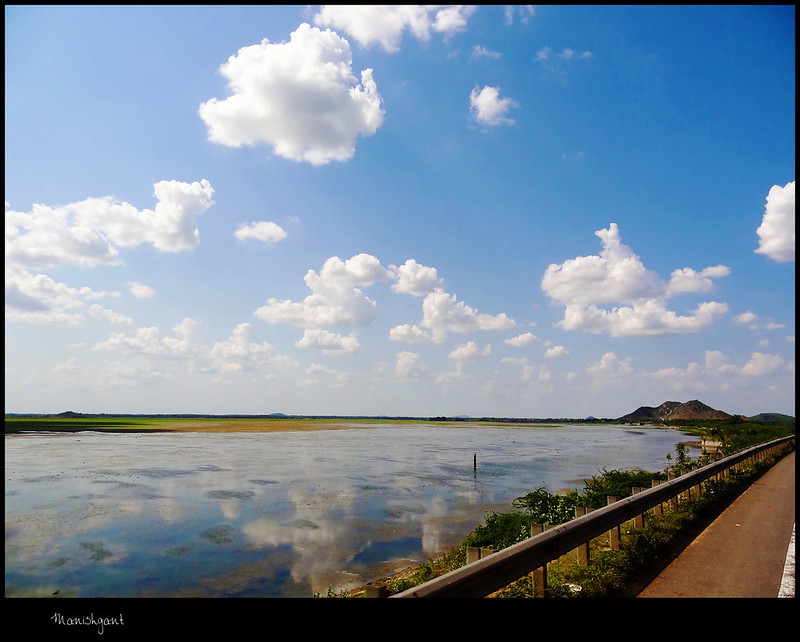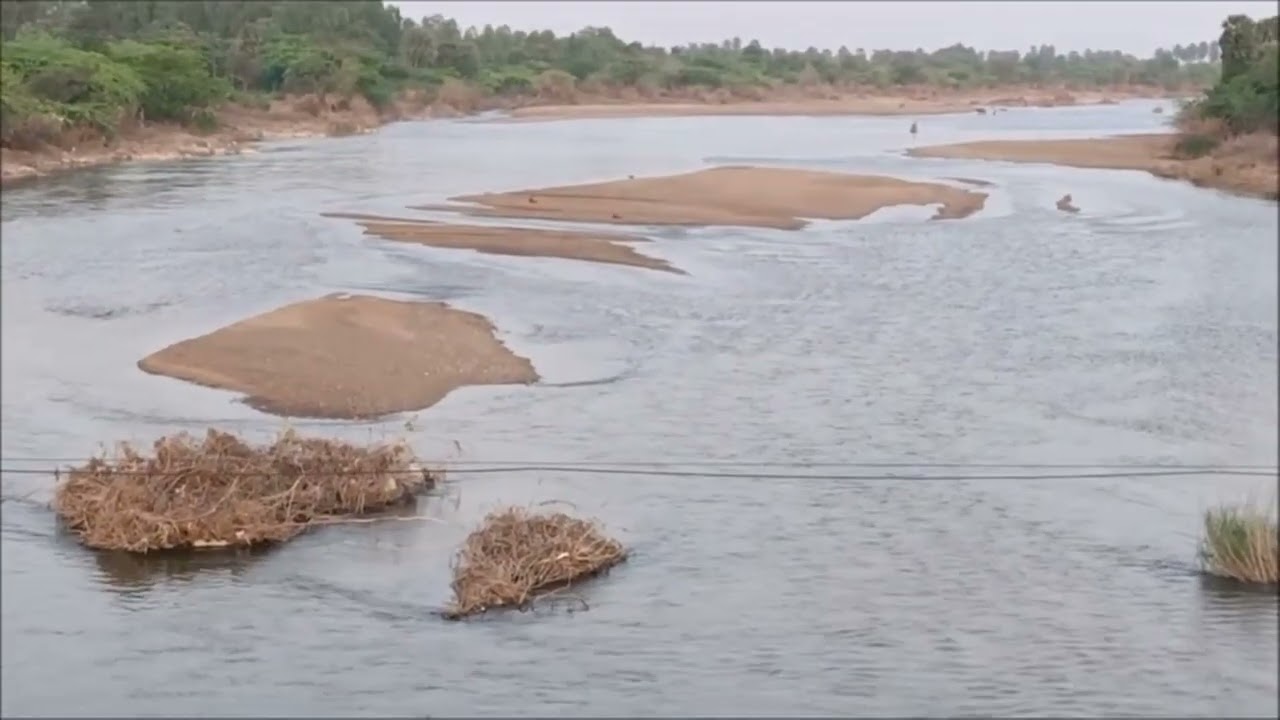The Vaikunta Vasa Perumal Temple in Dusi Village, Thiruvannamalai District, Tamil Nadu, has a rich history dating back to the Pallava period. It is believed to have been built during the same era as the Vaikunta Perumal Temple in Kanchipuram, constructed under the reign of Nandivarman II Pallavamalla (731-798 A.D.).
The village where the temple is located was originally known as Satakopa Puram. This name was derived from Sri Adi Van Satakopan, the first preceptor of the Ahobila Math, who resided in the village for a few years. Over time, the name changed to Dusi. This change occurred when British and French armies frequently marched through the area, raising a significant amount of dust ("Dusi" in Tamil).
Additionally, the village was once called Chaturvedi Mangalam, highlighting its status as a place where scholars well-versed in the Vedas and allied Sastras lived. This historical context emphasises the temple's significance and the village's scholarly heritage.


